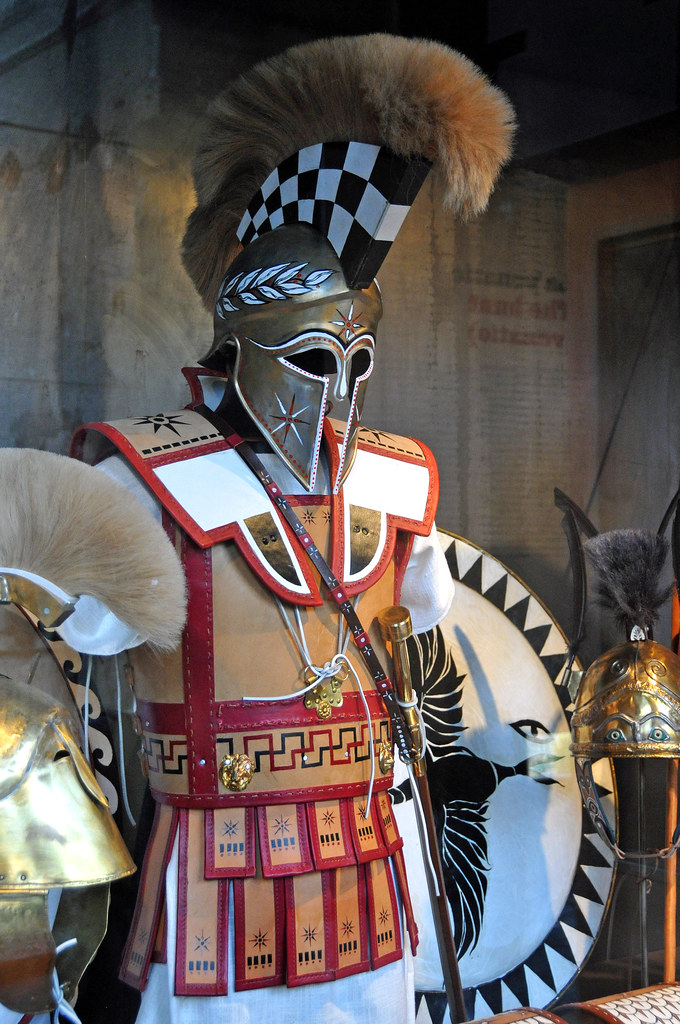Throughout much of its 4,000 – year history China’s legal ways of deterring its citizens from committing crimes has stayed pretty much the same up until the early 1900s. It did have three distinct views on how laws worked, and justice served since the nation’s ancient beginnings, but the theme of instilling fear from its people has remained up to the present day.
There were three legal views the Chinese recognized as being legitimate truths about humanity in ancient times, the first being that of the cosmological view. The cosmological view suggested that nature and mankind were interconnected; hence if a person committed a crime against another human being that resulted in significant harm to that individual not only would his intended victim suffer but nature would, too. Therefore, it was required by ancient Chinese law the offender be punished in a way that would restore balance to the very thing he harmed. This is where ‘the five punishments’ came into play.
These five represented the 5 elements in Mother Nature: wood, metal, fire, water, earth, and were reserved for the most heinous of crimes against humanity. Depending on the type of crime, the judge had the right to request the offender be sentenced to at least one of the five punishments. These were:
1 .be cut up into fours
2. ‘death by a thousand cuttings’ AKA ‘death by slow slicing’ – reserved for only wives who killed their spouse and children who threatened/ killed a parent
3. complete castration of the male reproductive organs for rapists or adulterers
4. cutting off of the feet, nose (no anesthetic) for female offenders and/ or thieves
5. tattoo of the face and forehead with the use of a knife

In the Chinese cosmic belief, as was seen in Babylon, blood had to be repaid with blood, so murder or even accidental killings were grounds for serving capital punishment. This system held strong for a millennia until 771 B.C. when the law changed to permit the 5 punishments to be reduced to fines or imprisonment in some cases. After 771 B.C., this is when we see a shift into phase 2 of ancient China’s legal history.
Phase 2, Legalism, symbolized a significant change in the authorities’ view on the origins of the law. Whereas in the cosmological theory the ancient Chinese people believed that all laws came from the universe and nature as an extension of that, now in the 8th-century B.C. authorities told people that their laws derived from the monarchy itself. Legalism had its positives in that instead of handing out automatic death sentences for all crimes, the law changed in favour of shaming criminals as a deterrent from future crimes. Just before sentencing offenders of petty crimes could opt for the lesser sentence of forced labour instead of facing execution if they wanted to. They would then be sent off to “the thinking stone” to reflect on their behaviour before being shipped away to labour camp. But, this period also had significant downfalls in that a lot of the laws contradicted one another which left many of ancient China’s civilians confused. No wonder legalism didn’t last more than 200 years when Confucion thinking took over.
The Cofucion philosophy arose from Confucius (551 – 479 B.C) who believed laws stem directly from the family unit who cultivate cultural and social norms upon the child who is growing up in that family. Confucius suggested that the ancient Chinese government and society as a whole follow the same guiding principle. According to his belief, education in good moral and societal rules during childhood is better than punishing bad behaviour in adulthood. He believed that citizens who break the law lack education in virtue, and that, crimes were errors in judgement. Thus, serious crimes that harmed others significantly needed to be punished while minor offences could be forgiven.

TRIAL
During trial, Chinese kings would hear cases with the company of three of their office staff, no jury present. The accused was automatically assumed guilty of the crime he committed with little wiggle room to defend oneself. Although, this right was permissible in some instances where the family of the accused was wealthy. Thousands of years later, the Romans would re-introduce the same right into their society making it a legal right for all court cases rather than just for the wealthier criminals. But, again, just as with the Greeks we see the concepts of having a DA and prosecutors working your case was unheard of in ancient China. Consequently, the King made the ultimate decision as to convict or acquit the defendant of all charges.
Note: For more information on all aspects of China’s history ChinaSage is a great website to use. Its section on torture methods, though it gives a very detailed account of the types of punishments the nation used for its convicts during the different ages of its history, isn’t for the faint of heart. Some of the images pictured on the site are highly graphic in nature. Viewers discretion is advised for this section only.


